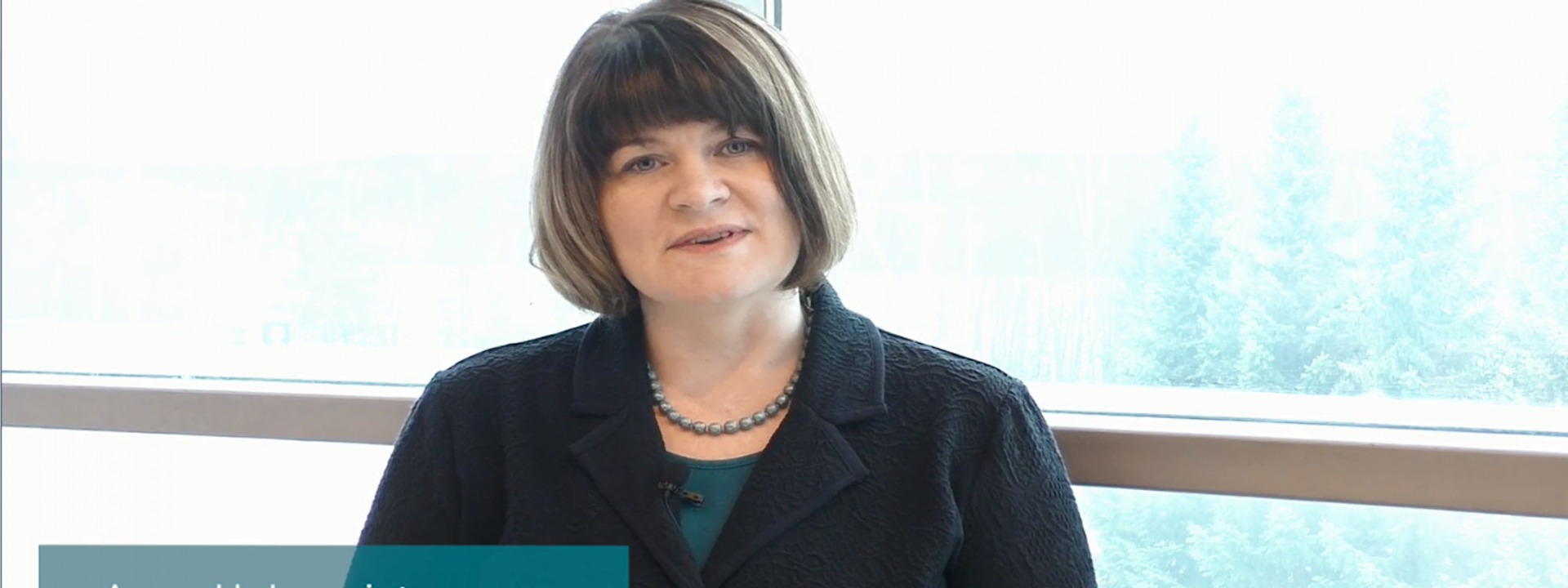
This week, we’re dealing with the following questions:
1. I’m operating a Cooltemper furnace. When I’m processing large pieces of soft-coated and clear glass on the loading bed, should I position the glasses horizontally or vertically? Could you also suggest some heating and cooling times for the glasses?
2. What are quench marks and how can we reduce them?
For this week’s questions, see our full video response below!
As always, remember to learn, share and succeed!
If your process settings are not perfect and if the machine condition and its performance isn’t high enough, then it’s very likely that you get roller wave on the glass. In that case, it’s best if you process the glasses so that you get the roller wave or other defects horizontal on the glass when it’s installed.
Regarding the heating and cooling times, those depend on furnace model, its settings, loading pattern and glass type. Therefore, it’s not possible to give universal figures for the heating/cooling times – those have to be optimized case by case.
Quench marks are actually the same as anisotropy. This beloved child has many names – it is also called stress pattern or iridescence. So, we’re talking about the same phenomenon which is caused by differences either in heating or cooling. There are some excellent articles and presentations here in Glastory. So if you’re interested to know more about quench marks, you can find a lot of useful information from our resources about this phenomenon as also about the ways of minimizing it.
Sign up for Glastory newsletter
We answer your questions about glass processing. Let us know your challenges and we promise to do our best to help you.
Comments are closed.